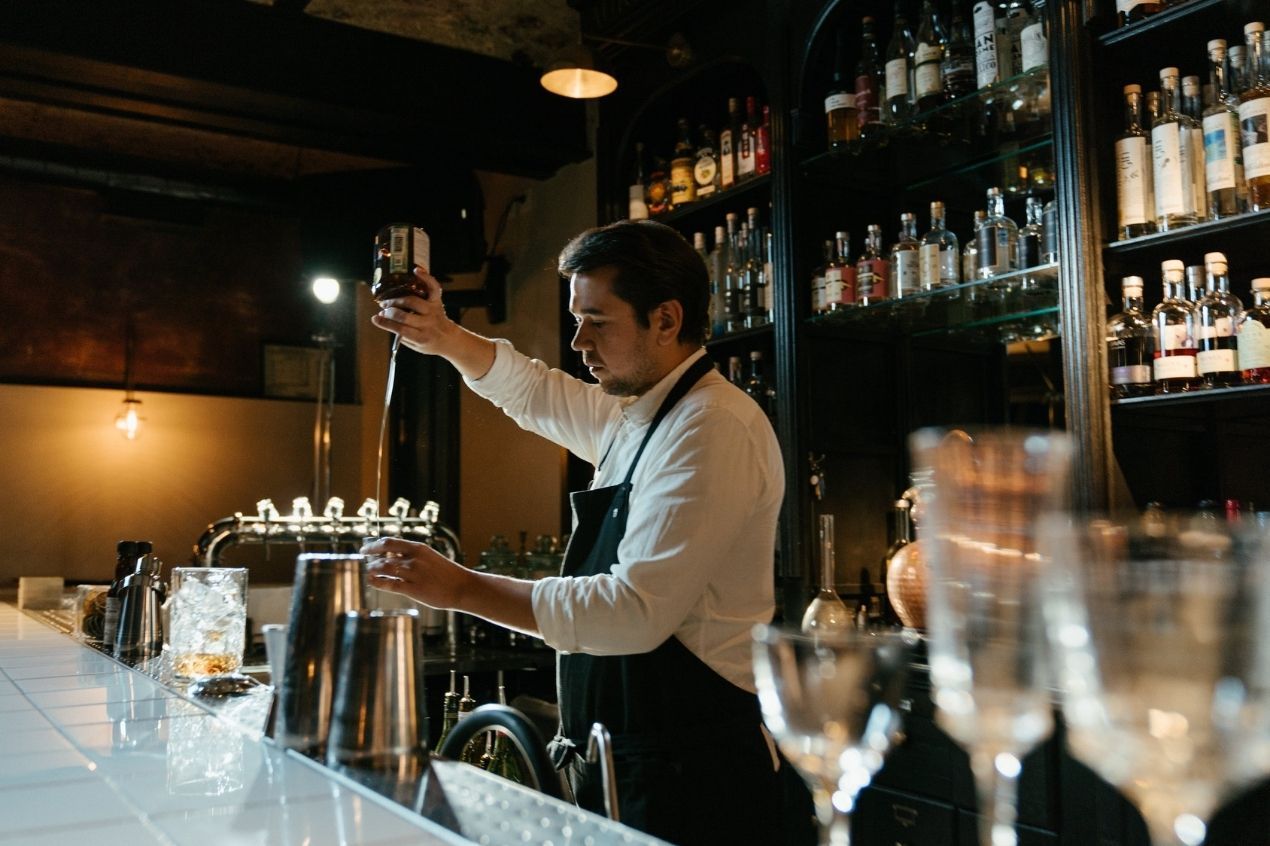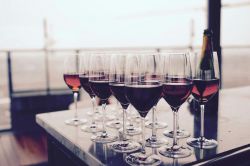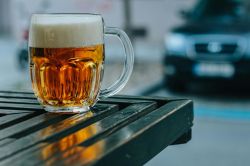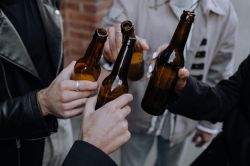Features
Bartender lingo you must know
26 bartender lingo and slangs which will help you order your drink like a pro.
Whether you’re at a bar every day after work or like to pop in on the weekend, we’ve all heard our bartenders throw around phrases and words that might seem alien to us. Bars have an array of terminology expansive enough to fill dictionaries. In fact, Each bar team might even have its own unique vernacular, but many terms are commonly used throughout the industry.
Skim through our little bartender dictionary, so the next time you hear one of the words hop around the bar, you know exactly what they mean.
Aperitif
These shot-sized alcoholic beverages are meant to be consumed prior to eating a meal. Their purpose is to stimulate hunger. They are not usually sweet and stick to earthy flavors. A few examples of aperitifs are vermouth, Lillet, and Cynar.
Bitters
A herbal alcoholic blend that is meant to be added to other cocktails to enhance flavor (e.g a Manhattan is made with rye, sweet vermouth, and a couple of dashes of bitters). They are like the salt and pepper of cocktails. Angostura Bitters is one of the most popular brands and was first invented by a German physician for stomach maladies in 1824.
Blend
To mix up ingredients and ice in an electric blender. Depending on where you live, these could be called frozen drinks or blended drinks.
Call Drink
It refers to when the customer orders a drink by giving both the specific name of the liquor and the name of the mixer. E.g. Tanqueray Ten and tonic, Bacardi rum and coke.
Chaser
In bar terms, anything that is consumed quickly after a shooter or straight (neat) shot of alcohol. Meant to ease the strength of the original shooter and/or to mask its taste. Eg. a slice of lime just after a tequila shot.
Digestif
As the name implies, a digestif is meant to help with digestion and is meant to be consumed after a meal. They tend to be heavier and sweeter than aperitifs. Though not usually consumed as so, Jagermeister and Italian Grappa are popular examples of a digestif.
Dash
A few drops or a very small amount of an ingredient. Generally, it is measured in drops using a precise, milliliter-dropper like the ones used to dispense medicine, a dash is about 10 single drops.
Flame
Setting a drink on fire. Sambuca is often lit on fire to heat it up before putting the flame out and drinking it. Another common method is to use 151-proof rum which is very flammable. It’s not recommended to flame drinks unless you are very skilled. Bad things can happen!
Free Pour
To make and mix drinks without using a measuring device like a jigger or measured pour spout.
Frost
To frost a glass, dip it in water, let it drain, and stick it in the freezer. This works especially well for beer mugs because it creates a layer of frost around the glass that will keep the drink cold longer.
Garnish
A garnish is something added to a drink after the ingredients to enhance the presentation. Common garnishes are lemon slices or lime wedges, cherries, olives, etc. Some garnishes are purely for looks and some are to add to the flavor of the drink.
Drain pour
A terrible beer—one so bad, it isn’t even worth finishing for mere intoxication purposes. There is no choice but to immediately pour the remainder of the beer down the drain. Beer geeks often take a perverse pride in the beers they actually consider “drain pours.”
Jigger
A jigger is an hour-glass-shaped steel measuring device – where one side measures 1 ounce (30ml) and the other measures 1½ ounces (45ml). However, jiggers come in many different sizes.
Muddle
To crush up ingredients with a special tool called a muddler. This is done for drinks such as the Mojito, where the muddling process extracts essential oils and flavors (from the mint leaves in the case of the Mojito).
Neat
This one is important to know in bar terms. If someone asks for a whiskey neat, they are asking for a shot straight out of the bottle. Neat means no ice. Of course, that shot must be in a whiskey glass.
On the Rocks
The rocks here mean ice. A drink on the rocks consists of liquor poured over ice. The type of ice depends on the bar, but your drink is poured over the ice which slowly dilutes the alcohol. Eg. Scotch on the rocks.
Proof
Alcohol proof is a measure of the content of ethanol in an alcoholic beverage. You’ll find this word on some drink menus and on all bottle labels. Divide whatever number the proof is in half and you have the percentage alcohol content of the liquor. For example, a 100 proof liquor is 50% alcohol content.
Straight-Up
A straight-up drink is a liquor either shaken or stirred with ice prior to being served. The liquor is then strained and served without the ice. The result is a chilled and undiluted drink.
Shaken
It is a method for preparing a drink. The ingredients are placed into a shaker, shook up, then strained into a glass. This is commonly used for drinks like martinis and cocktails that contain any thick mixers or dairy. A shaken drink is more diluted and has a frothier consistency than one that is stirred since there’s more agitation.
Stirred
A more delicate method to prepare a cocktail that is used for drinks containing distilled spirits or light mixers. The preferred method for more delicate drinks such as manhattans. In general, mixed drinks are often shaken and cocktails containing distilled spirits and light mixers are stirred.
Twist
A twist is the rind of a lemon that has been peeled with a special peeler called a zester. The lemon twist is long and thin and can be used to garnish martinis or any other cocktail.
Virgin
The word virgin here refers to a non-alcoholic drink. You can use this to order common cocktails minus the alcohol. For eg: Virgin Mojito, Virgin Pina Colada, etc.
Well Drink
An alcoholic beverage served using the lower-cost liquors. A well drink is a drink where neither the brand of the liquor or brand of the mix is mentioned, for eg: vodka cranberry, rum, and coke.
Wet
A term used when ordering a martini. This means that you want more vermouth added to a martini than normal.
86
In the food-service industry, "86" is a slang term that is used to indicate that an item is no longer available on the menu.
Dry Shake
When a cocktail is mixed at room temperature without adding ice to the shaker it is known as a dry shake. All the liquids to make the drink are in the shaker, but you don't have the ice present to chill and dilute it. This is often done when you are making a cocktail that includes egg whites or chickpea water.

























